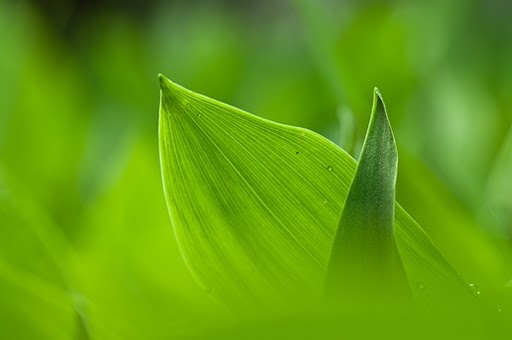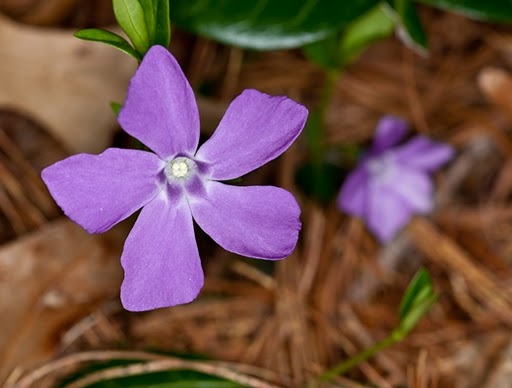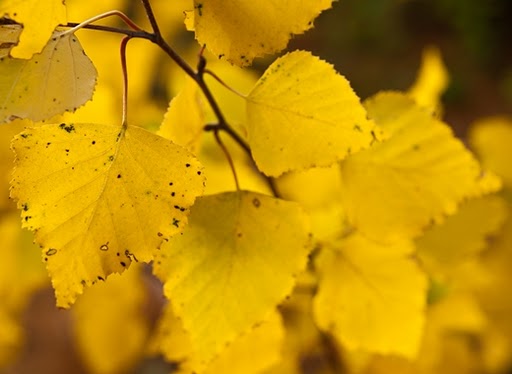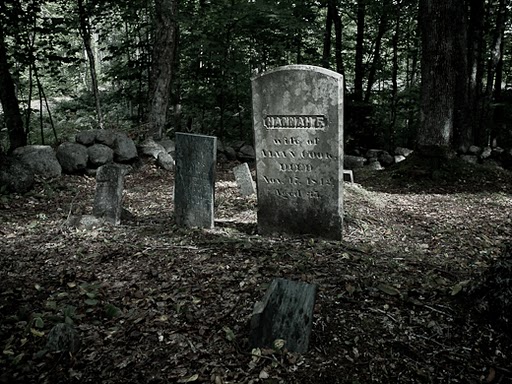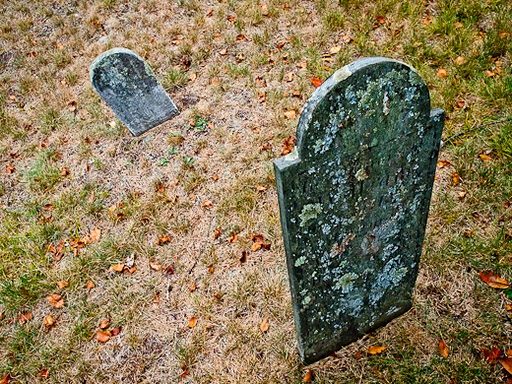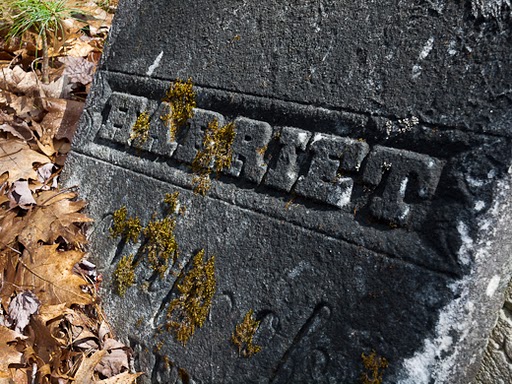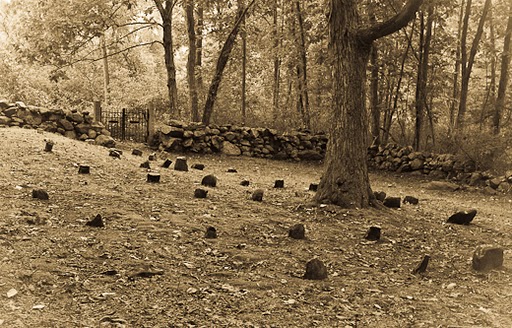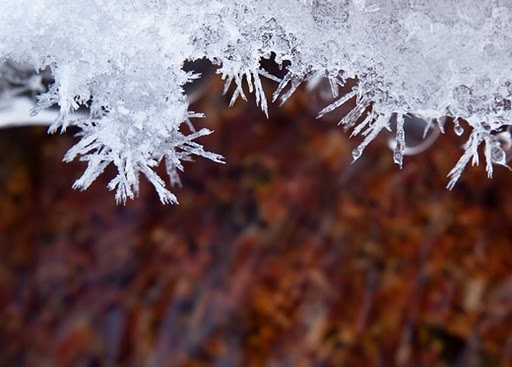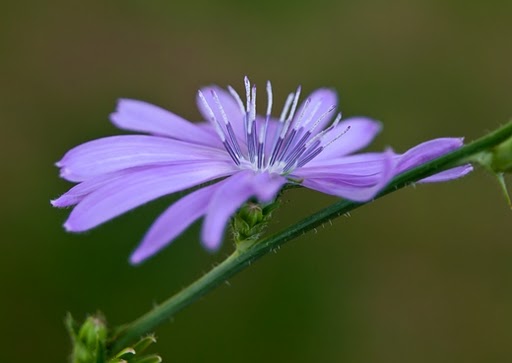Watching what is going on in the background is useful advice, not only for cops in urban shoot-outs, but also for close up and macro photographers. Because bokeh and depth of field are such prominent aspects of these types of shots, you really have to watch the background to make sure it complements your subject and doesn’t compete with it. Sometimes I get so focused on the subject itself that the background just fades away. And because often times a subject is far away from the background, things just don’t get noticed.
With this shot, I was so intensely involved with the flowers that I didn’t really “see” my backpack which was about 4 feet away and clearly in view. I really needed to stop and look at the whole scene, but I didn’t. Sometimes it can take a few minutes to settle into the groove and start practicing good habits and by the time I got diligent, it was too late for this one.
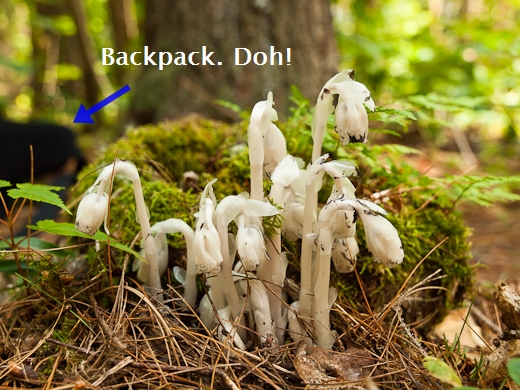
Photograph by Kristen Smith
In addition to watching the far background, keep an eye out for stray items close to the subject that might distract the eye. So many times I get my pictures home only to find some annoying leaf, pine needle or branch. Ugh. I find that using Live View not only makes taking the photo easier, but gives you a 2D image to look at right away. Many times I catch bad compositional elements this way. Check out this series of shots that illustrate how I cleaned up my shot –
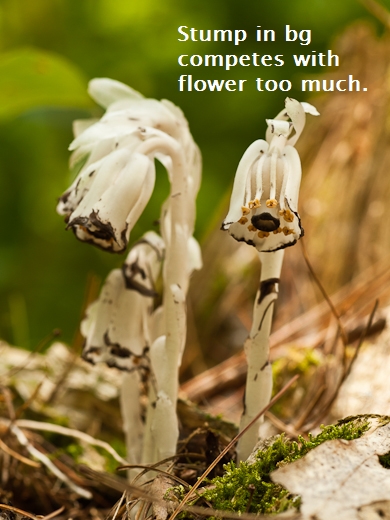
Photograph by Kristen Smith
Hmm that background doesn’t do the flower any favors, does it? I need to make the flower really pop out of the bokeh, not just sit there in it. That stump has got to go. Luckily at this magnification and perspective, very small movements make for very big changes.
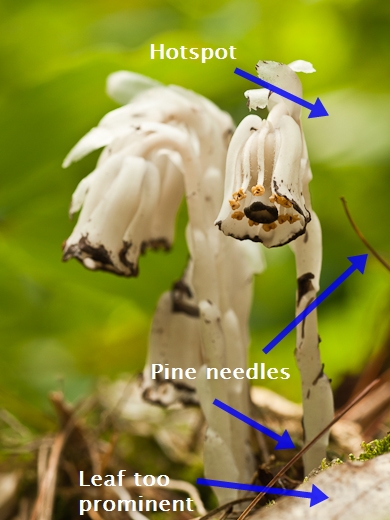
Photograph by Kristen Smith
I barely moved my camera, but the difference in background works so much better. But this time I notice two things – one, there’s a lot of light playing the backdrop and I have to time the shot right so that it is more uniform back there and there aren’t any hot spots to detract from the flowers, two, there are a few stray pine needles and that leaf in the bottom right isn’t contributing anything good. I pluck those out of the way and lo and behold there’s moss under that leaf and when I judge the light to be the best — Presto!
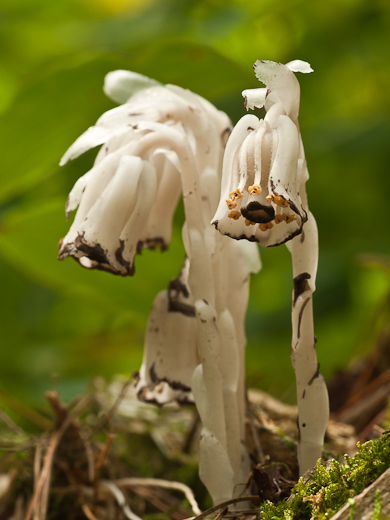
Photograph by Kristen Smith
So as you can see, the process can take a few steps to get a useable image. The key is to develop good habits.
- Stop and look at the whole scene, background and foreground and evaluate each aspect including the light if it’s variable
- Remove distracting things like sticks and leaves
- Change camera position for more harmonious backgrounds and foregrounds
- Use Live View to see how the 3D translates to 2D
Hopefully this helps you in the field the next time you’re doing close-up and macro work. Got any to share? Feel free to log in to the Photography.ca forum and start a thread.
For more of Kristen’s outdoor photography and other articles visit wickeddarkphotography.com
